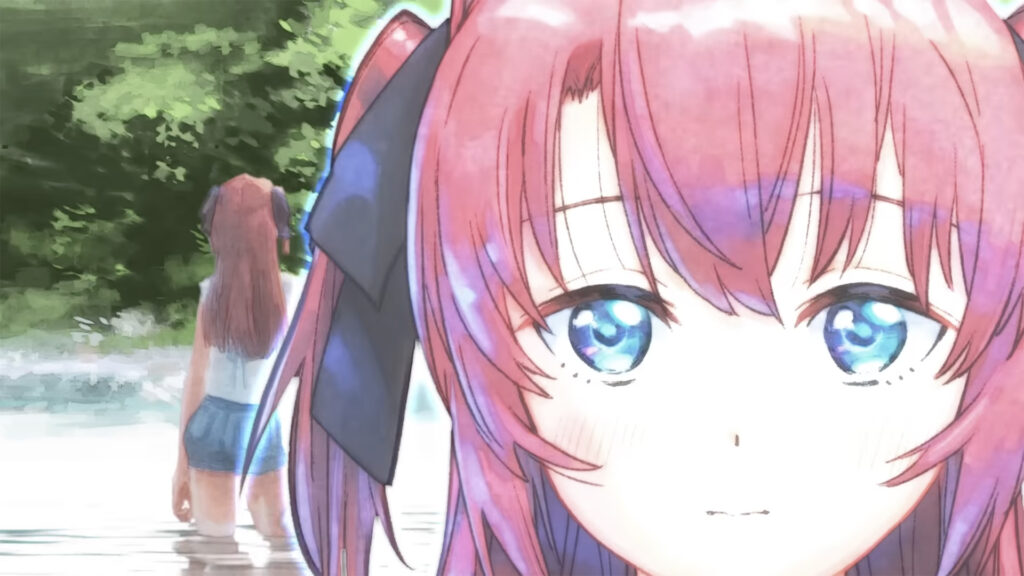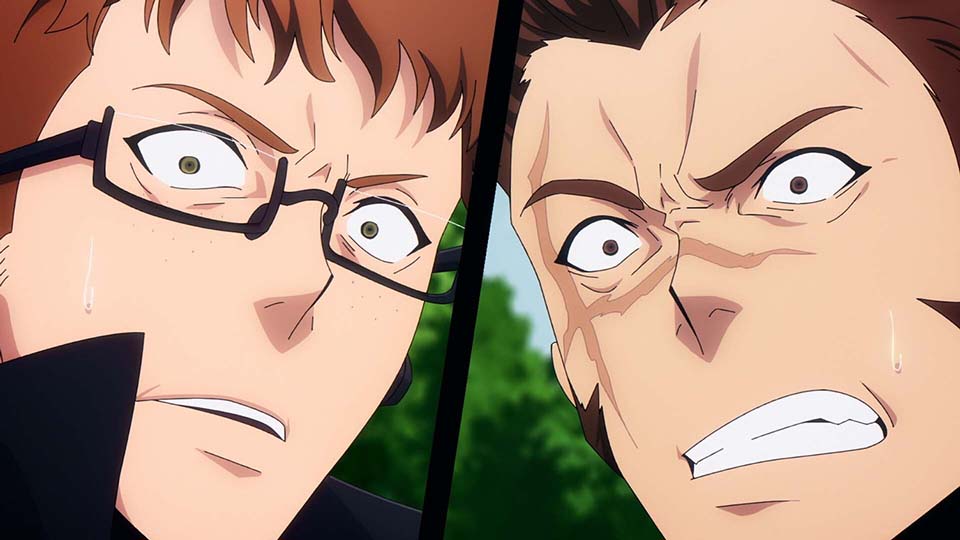Welcome, readers, to Late to the Party , a column that's right on time when it comes to catching up on anime everyone's already watched. This column addresses a universal truth in regard to being an anime fan: an anime backlog is quite the powerful beast. Many of us have one, where we amass more and more content we have designated in the "planning to watch" category. How and why it takes so long to actually address this task varies from person to person, but the gratification of finally allocating the time is really quite splendid. Occasionally, it’s by watching a classic anime from yesteryear that you’ve had your eye on for quite some time. In other instances, it’s a more recent premiere that just slipped by. Last month, I delved into the fascinating world of shogi, and I’m hungry for more stories about niche games of that nature. …Perhaps it’s time to pick up a paddle and see what ping pong has on offer? What Is Ping Pong the Animation About? Studio: Tatsunoko Production ( Neon Genesis Evangelion , Idol Time PriPara , Wake Up, Girls! ) First aired: April 2014 (11 years late to the party! Perhaps I’m just too old for the speed and precision of ping pong nowadays — though in fairness, I wasn’t much more athletic in 2014, either.) It is a well-known fact in life that history is written by the victors. Those who triumph will have their stories told for generations to come, and those who fall will typically slip into obscurity. While this is true of life-or-death battles, after watching Ping Pong the Animation , I can better appreciate the magnitude of these stakes on a much simpler scale. As its title would suggest, it is an anime that focuses on high school ping pong competitors — a fast paced and stressful sport where egos run rampant and whole worlds can come crashing down as a result of a single match. Amongst these players are two talented first years: Yutaka Hoshino and Makoto Tsukimoto. More commonly known as Peco and Smile respectively, they are childhood friends whose personalities are practically polar opposite to one another. Peco is loud and boastful, confident of his abilities despite a lack of dedication and an aversion to hard work. Smile, on the other hand, is deeply introverted, only playing for the fun of it. He would gladly walk away if pressured too much, viewing ping pong as “a way to pass the time until he dies.” Nihilistic, sure, but that’s just the kind of kid he is. At their high school club, they are easily the frontrunners, with their natural talent making up for their dubious resolve. What they soon come to discover is that their level is the definition of “big fish, little pond,” and they are about to run into a veritable buzzsaw of fearsome competitors. How they take this humbling experience onboard is the crux of Ping Pong the Animation ’s narrative, executed in a manner that is both imaginative and engaging. An Immediately Recognizable Aesthetic The moment you commence Ping Pong the Animation , you are almost certainly going to be intrigued by its distinctive aesthetic. Its scratchy, realistically proportioned designs lend it a lively personality all of its own: it is unlike anything else I’ve seen in the medium, and I posit that you could glance at any single frame of animation and immediately recognize its source material. To me personally, it evokes fond memories of western animation from the ‘90s that eschewed traditional illustration styles. I recall cartoons such as Magnus Carlsson’s Robin , which possessed such an unconventional look that made them feel bold and whimsical. RELATED: “Ping Pong the Animation” and the Yuasa-Matsumoto Rally It’s the ideal distillation of its protagonists, and their desire to break free from rigidity and limitation; in other words, the personality of the animation matches the personality of the characters. Someone more well-versed in visual arts could surely verbalize this more eloquently — all I know is that I found myself pausing constantly just so I could quietly appreciate the charm taking place upon the screen. It oozes self-confidence. More Than Just Tropes or Hurdles The world of ping pong, as trivial as it sounds on the surface, is packed with a wealth of big personalities. There are heavy hitters like Wenge Kong — a Chinese import whose arrogance creates an aura of invincibility — or Manabu Sakuma — an acquaintance from Peco and Smile’s past who uses precision to make up for his physical shortcomings. And then, there’s Ryuichi Kazama. Hoo boy, how to describe Kazama? He is the ultimate final boss of ping pong; a physically imposing mountain of muscles whose stern countenance is downright chilling. There is a particular match where he showcases his elite dominance and it is an absolute spectacle of animation. If you’ve already watched, you probably know what I’m referring to. Kazama just straight up devours his opponent’s soul, to the point where you almost feel bad. At the turning point of defeat, however, things go in such a fascinating direction. Both protagonists and antagonists alike are fleshed out beyond more than just “good and bad ping pong players,” each capable of garnering sympathy with their own unique path toward the top. Even the long-haired layabout Egami — who I would describe as the biggest non-entity in competitive sports — is unmissable in his hilarity. He has no arc of great significance, he just wants to chill out. I love that for him. The point is, they’re not just tropes or hurdles to be overcome. They’re each allowed to grow, to change, to flourish. You might despise Kong or Sakuma at first, only for them to chart an unlikely course to your heart by the final episode. RELATED: Ping Pong the Animation Was the Perfect Combination of Manga Creator and Director But of course, it’s all about Peco and Smile at the end of the day. Their juxtaposition as heroes makes them equally as compelling, and I feel as though viewers would gravitate toward whichever one more closely resonates with them, personally. For me, I’m a quiet guy who’s constantly up in his own head. As such, watching Smile struggle through the rigors of simply being was deeply relatable. He doesn’t want to be pushed, or challenged. He just wants to exist peacefully, without hassle, and for his apparent apathy he is constantly treated with derision. In trying to remain anonymous and lowkey, he has unwittingly created a magnetism — the burden of which he can only handle thanks to Peco always being in his corner. Invested in Ping Pong Above all else, the most surprising aspect of Ping Pong the Animation was how invested it made me in the sport itself. You really garner an appreciation for the intricacies of its various styles and equipment, with matches taking place in breathtaking fashion. Although I don’t much understand the psychology of the game of ping pong, through its riveting storytelling, I can quite quickly work out why one player is gaining an edge over the other. The physicality is clear to see — and again, an opportunity for the animation to really pop with multiple camera angles displayed simultaneously — but the mind games within are what really seals the deal for me. RELATED: 20 Essential Sports Anime on Crunchyroll There is a rather harrowing message conveyed about the significance of victory, when it is stated that “losers were denied their humanity,” and that “the winners were right, and the losers were wrong.” Even if you can’t quite grasp the magnitude of high school ping pong, the way it is framed here makes it clear that for the players themselves, this is their whole world. There is no light at the end of the tunnel beyond success with the paddle; a tool that can hurt and heal in equal measure. It’s really just gripping stuff. Perhaps a penhold grip, though there’s something to be said for the classic shake hold… Ahaha yes, ping pong jokes. Very clever, me.


